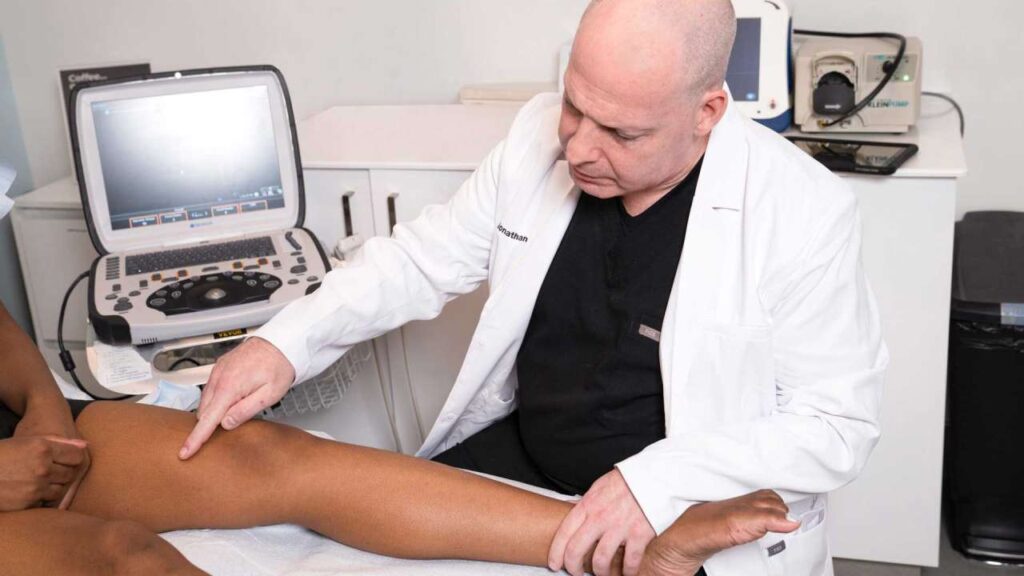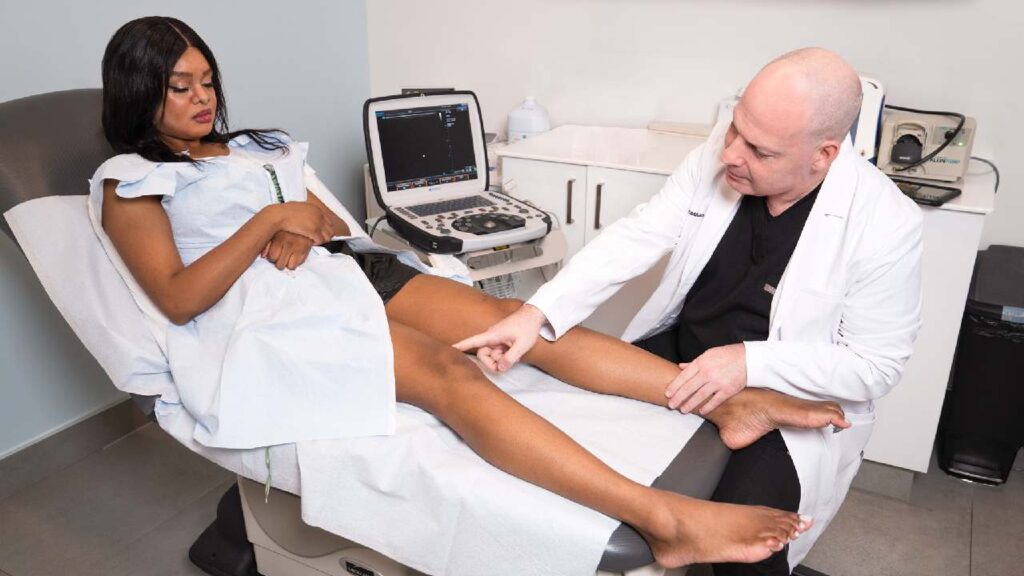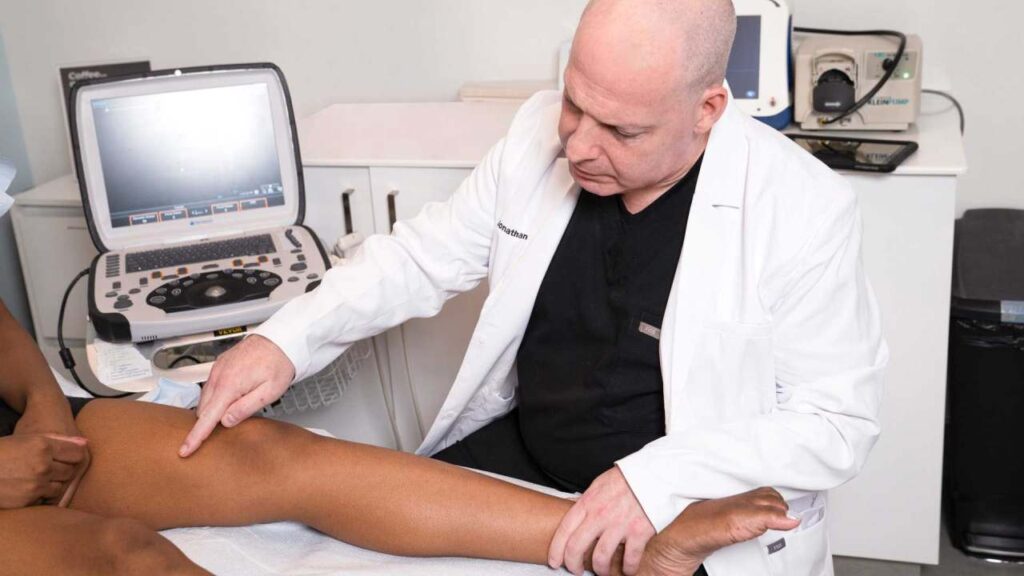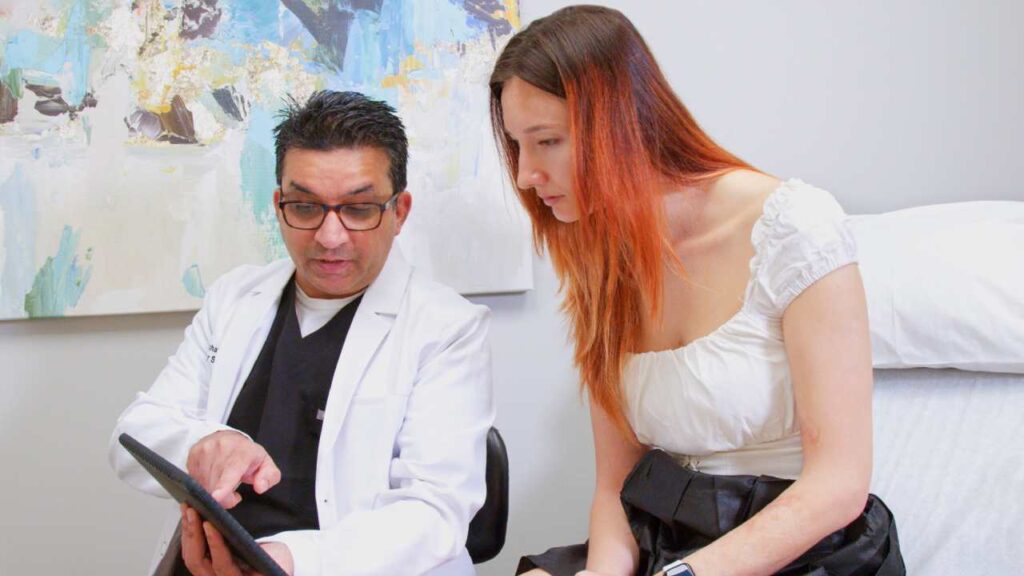Vein ablation is a minimally-invasive, non-surgical treatment offered at Vein Treatment Clinic New York, where you can be sure to expect state-of-the-art treatment from excellent doctors. Click HERE to book an appointment at our excellent vein center, or keep reading to learn more about vein ablation and what to expect after this procedure.
Minimally Invasive Treatment
Surgical procedures were once the only way to treat spider and varicose veins, but developments in biomedical research have made it possible to treat varicose and spider veins with less intrusive approaches. Instead of a lengthy operation followed by an even longer hospital stay, minimally invasive treatments take around an hour and only require a tiny incision. Minimally invasive therapies are less risky, take less time to conduct, and require less time to recover after leaving the hospital.
There are several minimally invasive treatment methods available, so when you schedule a visit at a vein treatment clinic, The vein specialist will assess you and recommend the best treatment option for you. One of these procedures is vein ablation, which uses heat radiation to close off injured veins.
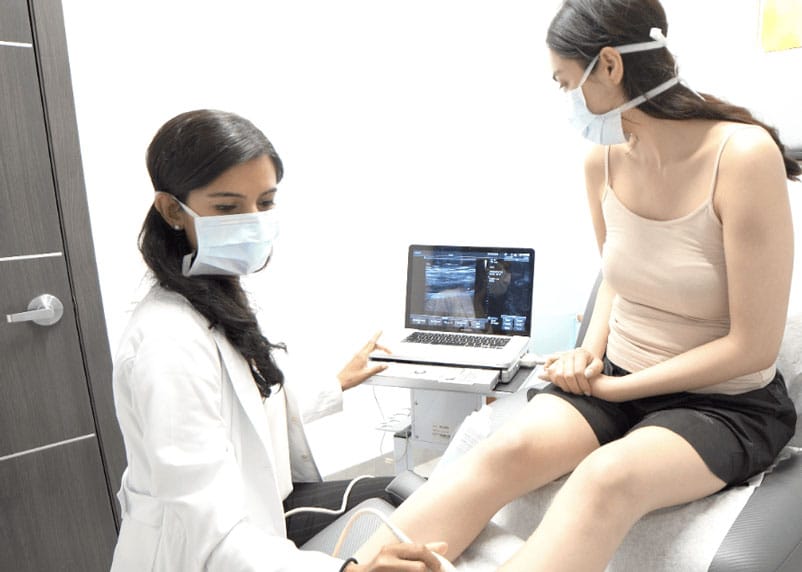
Types of Vein Ablation
There are several forms of ablation used to treat spider and varicose veins, but our vein specialists recommend radiofrequency ablation since it has been shown to be safe and effective, with no downtime. The vein doctor will use ultrasound imaging to guide a tiny catheter into the weakened vein, where it will emit thermal radiation to the vein walls, thereby shutting them down. This operation has a 97 percent success rate and is completely painless, redirecting blood flow to healthier veins to improve circulation and reduce the appearance of spider and varicose veins.
Endovenous laser ablation employs a laser to produce an inflammatory reaction in the vein that creates a seal to eventually reroute blood through other healthy veins. Although this treatment may appear to be a quick fix, it requires a week of rehabilitation after a visit to the vein clinic, and it causes far more pain and anguish than radiofrequency ablation. For these reasons, it is preferable to avoid this sort of vein therapy technique.
Take A Walk
As previously stated, you can resume your normal activities immediately after radiofrequency vein ablation at a vein treatment facility, but there are a few measures you can take to maximize the procedure’s efficiency. Because no anesthetic is used and no recuperation period is required, doctors recommend that you begin walking about immediately after your surgery to improve blood flow to your legs, which will speed up the treatment process and allow you to obtain the desired outcomes sooner.
Compression Stockings
Your doctor may also advise you to wear compression stockings for one to three weeks following your session, depending on the severity of your spider veins. Compression stockings apply constant and consistent pressure to the blood vessels in the treated areas, reducing bruising and inflammation. If your vein expert recommends that you wear compression stockings, they will do a compression stocking custom-fitting after your treatment at the vein clinic so you know what type and size to buy.
Avoid UV Exposure
The last guideline is to avoid direct sun exposure for three weeks, particularly in treated areas, and to use SPF60 sunscreen for up to six weeks. Avoid excessive sun exposure if you tend to tan easily to avoid hyperpigmentation and dark areas. Avoiding direct sunlight is advised since vein therapy helps to improve the look of spider veins. Sunlight can cause the skin above the treated veins to darken, making them look darker than the spider veins themselves.
Alleviation of Spider Veins and Varicose Veins
Varicose veins are bulging blood vessels that appear dark purple, green, blue, or red. They are most commonly found in the legs and have a knotted and twisted look, as contrast to healthy veins, which flow in a reasonably straight path. Spider veins are smaller but more apparent on the skin, and they are web-like, as the name implies, and are commonly observed on the lower limbs.
After vein ablation seals the damaged veins, blood can be diverted through healthy veins to enhance circulation and reduce the appearance of spider and varicose veins.
Decreased Pain in Legs
Vein insufficiency is frequently linked to several types of leg pain, such as:
- heaviness or soreness in the legs, especially after a long day on your feet, because more blood makes its way down to the legs
- leg weariness and swelling in the feet or ankles owing to blood pooling in the lower extremities
- leg muscle cramps caused by a lack of circulation, which would usually carry away excess lactic acid produced by regular muscular activity
- varicose and spider veins that are itchy, blistering, or aching
These many types of leg discomfort can all be relieved by vein ablation at a reputed venous clinic. This minimally invasive treatment can help you regain the quality of life you may have lost due to leg pain or discomfort.
If you’re ready to begin your vein ablation journey, you now know what will happen following your treatment and what results to expect. Book your appointment at the Vein Treatment Center New York in Manhattan or Long Island and go into your appointment at a vein center in New York feeling more prepared and informed about your treatment plan!
